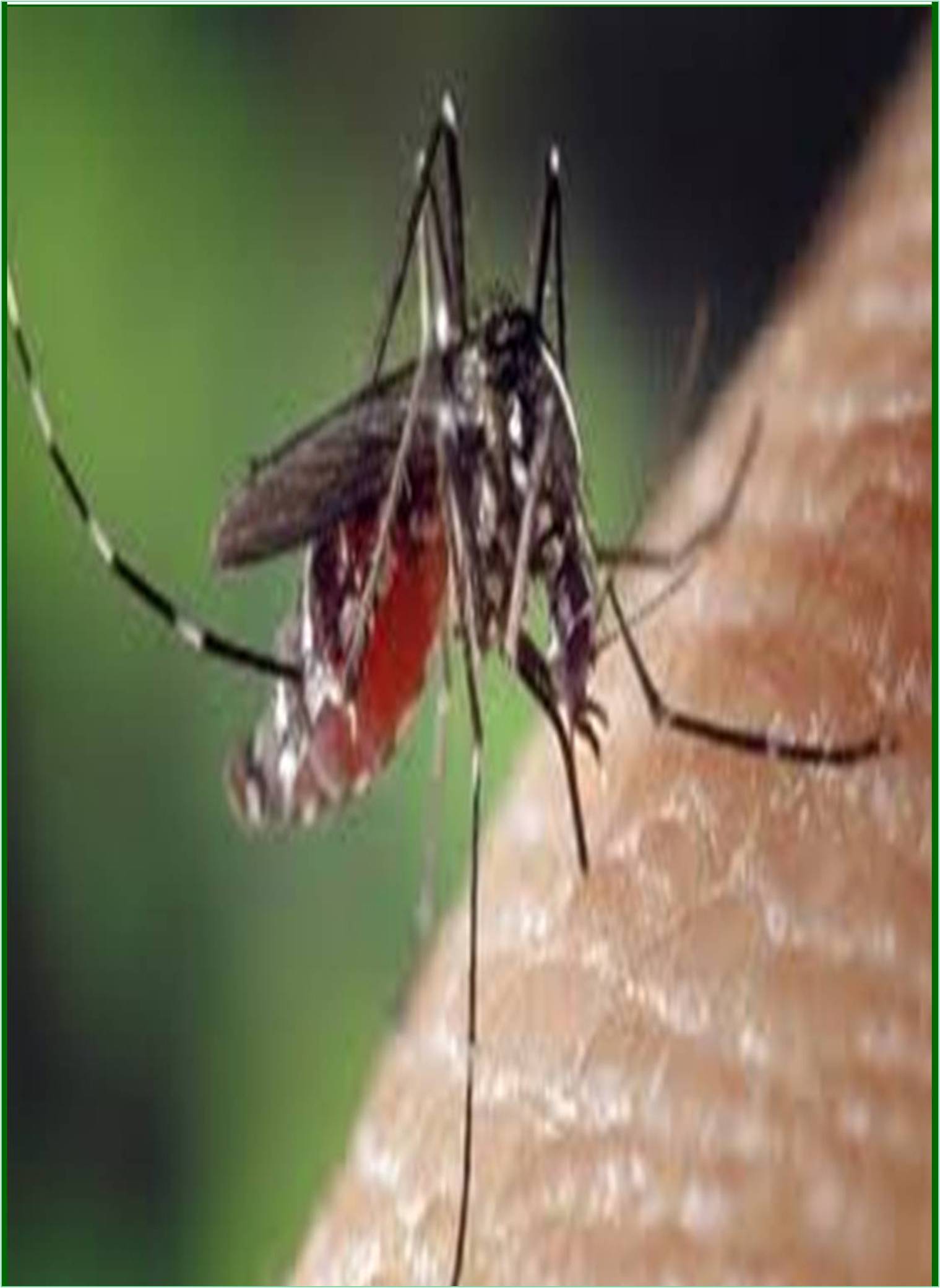



Received: 14-Jan-2022, Manuscript No. JFTD-22-59785; Editor assigned: 17-Jan-2022, Pre QC No. JFTD-22-59785 (PQ); Reviewed: 31-Jan-2022, QC No. JFTD-22-59785; Revised: 03-Feb-2022, Manuscript No. JFTD-22-59785 (R); Published: 10-Feb-2022, DOI: 10.15651/JFTD.22.2.09
Yellow fever is usually a short-term viral illness. Within about 15% of people have a relapse of fever, abdominal pain and liver damage that causes the skin to begin to turn yellow within a day of improvement. When this happens, there is an increased risk of bleeding and kidney problems.
The main symptoms of yellow fever are high temperature, slow pulse, albuminuria, jaundice, congestion of the face and hemorrhage or bleeding.
Signs and symptoms are categorized into two stages:
In the early, acute stage, the individual may experience:
• Aching muscles, particularly the back and knees
• High fever
• Dizziness
• Headache
• Loss of appetite
• Nausea
• Shivers, or chills
• Vomiting
This disease is caused by the yellow fever virus and is transmitted by the bites of infected mosquitoes. It only infects humans, other primates and various types of mosquitoes. In cities, it is spread by Aedes aegypti, a mosquito species found primarily in the tropics and subtropics. This virus is an RNA virus of the genus Flaviviridae. This illness can be difficult to distinguish from other illnesses, especially in the early stages. A polymerase chain reaction blood test is required to identify suspicious cases.
There are safe and effective yellow fever vaccines and some countries require travelers to vaccinate. Other efforts to prevent infection include reducing the population that carries mosquitoes. In areas where yellow fever is endemic, early diagnosis of cases and immunization of the majority of the population are important to prevent outbreaks. When a person becomes infected, treatment becomes symptomatic. There is no effective counter measure against the virus. Up to half of people with serious illness are dying.
Yellow fever is usually bitten by infected mosquitoes and infects humans. The infection can be transmitted directly to the blood through contaminated needles, but people cannot transmit yellow fever by accidental contact with each other.
Several different mosquito species infect the yellow fever virus. Some breed in urban areas, while others breed in the jungle. Mosquitoes that breed in the jungle also infect monkeys, the host of the disease, along with humans, with yellow fever. Most people with yellow fever do not develop symptoms or the symptoms are very mild. Since the incubation period of yellow fever is 3 to 6 days, it takes 3 to 6 days from the onset of yellow fever to the appearance of signs and symptoms. Illness cannot spread among humans. Only infectious mosquitoes can infect humans with the disease.
Yellow fever is difficult to diagnose, especially in the early stages. More severe cases can be confused with severe malaria, leptospirosis, viral hepatitis (especially fulminant type), other hemorrhagic fever, infection with other flaviviruses (eg, dengue hemorrhagic fever) and poisoning.
Blood and Urine Polymerase Chain Reaction (BUPCR) tests may be able to detect the virus in the early stages of the disease. Later stages require testing to detect antibodies (ELISA and PRNT).
Appropriate and early supportive care in the hospital improves survival. Currently, there are no specific antivirals for yellow fever, but specific treatments for treating dehydration, liver and kidney failure and fever improve results. Related bacterial infections can be treated with antibiotics.